I’m designing a chest at the moment and thinking about all of the usual pointers to guide me; scale, proportion etc, along with considering it’s educational purpose (a new one for me). I thought I’d share with you an extra design dimension that I have within my palette which I’ve learnt from working directly with a woodworker.
Designing furniture that turns heads is much more than making sure that it’s the right size and will do the job. But you don’t always want to be shouting out for attention either.
Directing attention with subtlety is an art within itself and playing with texture is a very useful tool for this.
I’ve always appreciated finding varying textures sat side by side and there’s something about such subtle contrasts which makes each one all the more appealing.
Perfectly smooth and well finished wood tends to give us plenty of visual enjoyment, but it doesn’t really ‘feel’ like wood any more. If we open up a beautifully polished door to find hewn surfaces within then we get an extra kick from the experience, and everything becomes that bit more tactile; it’s inviting us to touch.
For myself touch is a vital sense, If there’s a big red button I’m going to push it. I touch everything, I don’t care how rare it is, expensive or whether it’s wet paint, I’m gonna touch it. (I do understand when I greet Richard and the first thing he says is ‘mits off!’).
Designing pieces to be built by hand is fantastic fun. I know that Richard will leave a try planed, or slightly coarser finish throughout his work as the standard; a surface which is not torn but does have slight scallops. If an area of the piece needs to be given more importance then he can reach for his wooden smoother. This works nicely for a table for example where the top is smoothed and polishes up a treat – it’s considerably more subtle than painting the base, but the two surfaces side by side emphasise each other.
And if it is a painted finish that’s desired then a rough hand planed surface is wonderful, any tear out becomes a bonus giving extra depth and texture – flat paint finishes are for MDF.
[column size=two_third position=first ]
[/column]
[column size=one_third position=last]
My design notes for the chest currently include a request for ‘very slightly torn with plane scallops left’ for the sides – I want it to get noticed as somebody walks past and the light starts skipping across the surface here.
Maybe these are the sort of requests which make Richard snigger when someone suggests he should have a perfectly set up double iron in every plane.
[/column]
Photographers favour the sun at certain times of day for the extra contrast and subtle change in hue which can change a mundane scene to breathtaking. I like to think that we can encourage a passer by to enjoy a similar umph within a simple piece of furniture for giving textures some extra thought.
Richard’s eyes are rolling at me at the moment as I’m back and forth from the timber shed trying to find just the right bits.

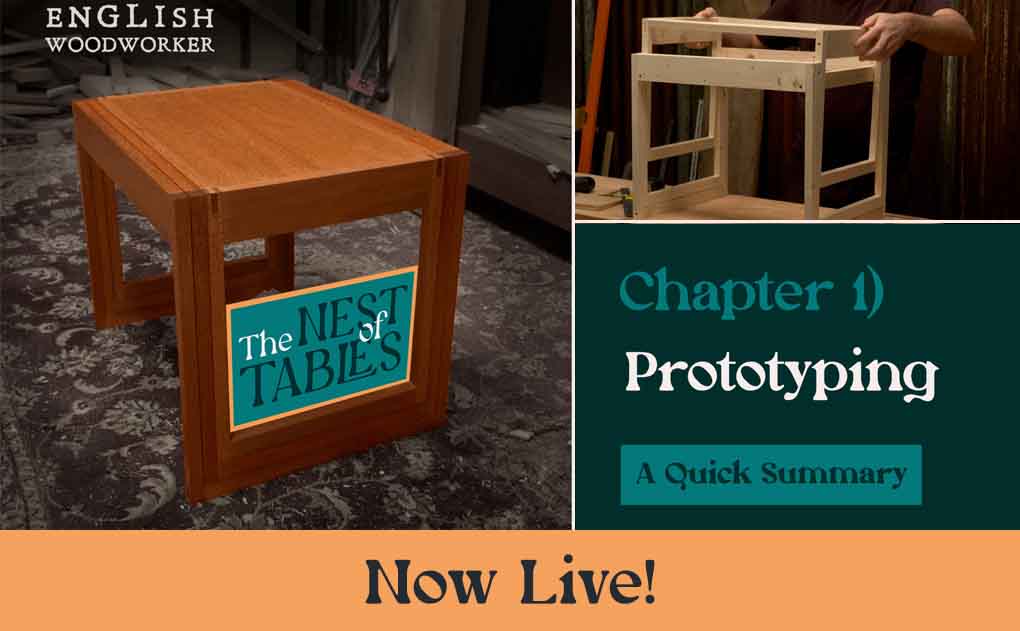
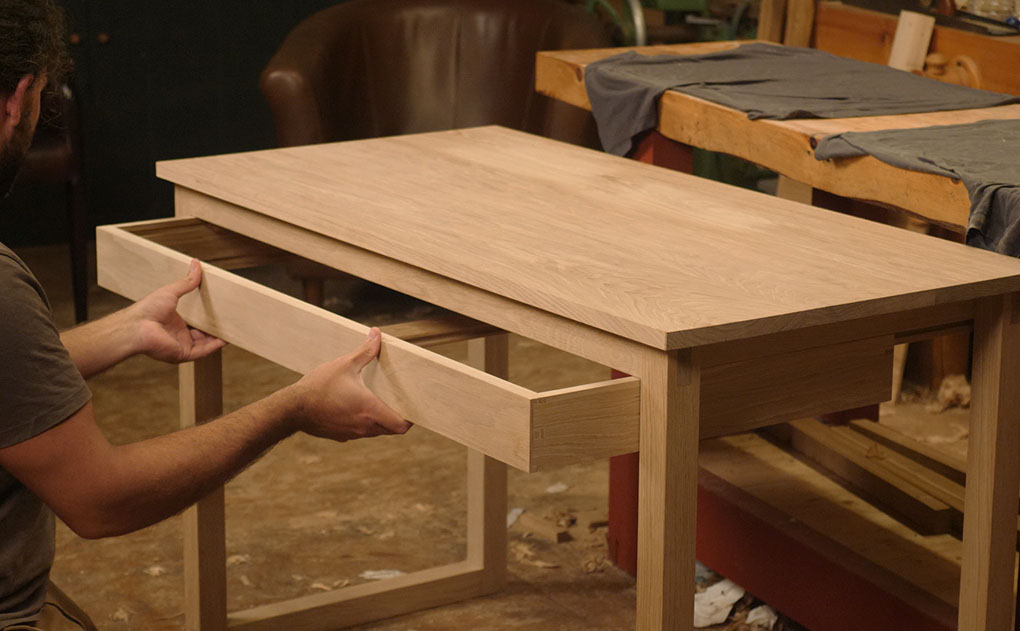
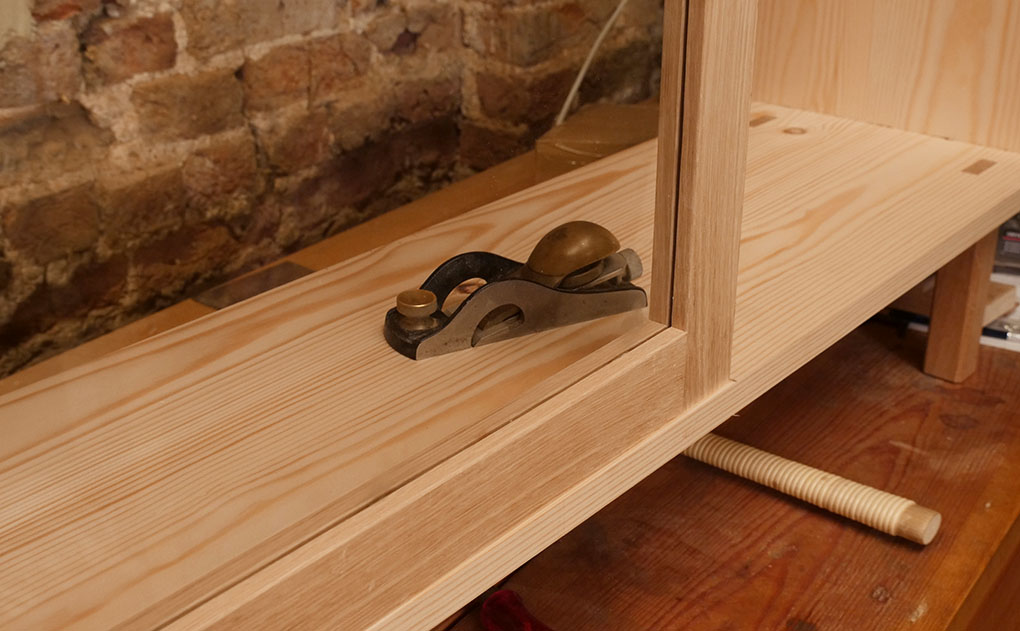
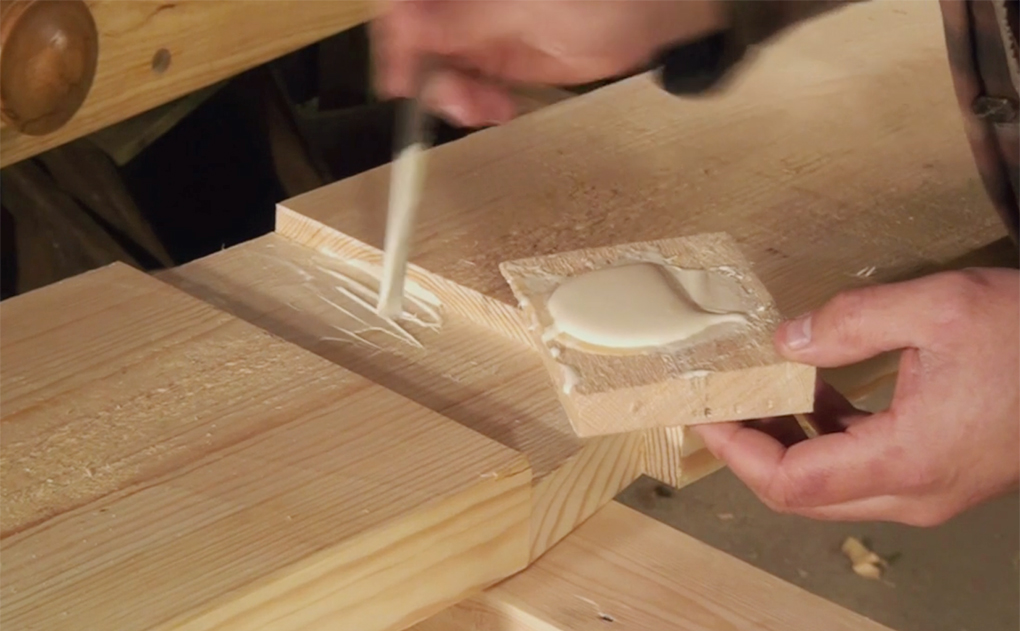
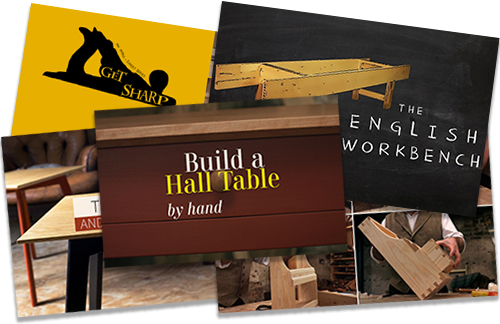
If you want the best of that scalloped surface, then aim to finish with the plane, and don’t let sand-paper anywhere near it! 🙂 Woodworkers after my own heart.
Looking forward to seeing this one Helen 😉
Ignore his rolling eyes, Helen, it sounds like you’re on the right track 🙂
The texture thing is so important, like eating a salad and coming across a nut or a seed.
If you really want a scallop you really need an adze.
Philip, you made me think of the adz worked pieces by the native people of SE Alaska and W British Columbia. I own two native style adzes and have yet to incorporate surfaces created with them. Thanks for the idea!
I agree I love texture in wood but I love it even more when its unintentional. I like to try my best at making it as close to perfect only using the plane. I like to leave what’s not seen a little rough as it was back in the day. I like to think of the old boys working hard using those plane making it look great but also trying to make a living. That’s what impresses me. Traces of the hand create life in what we work 🙂
cheers
Hi Helen
Interesting and thought provoking piece. I am presently making a small corner cabinet in well seasoned reclaimed oak for my son. The fact that you can see wild grain and the odd knot only adds to the interest. Also the fact that you can see where the original joins that make up the ‘plank’ as plain as day. These are pieces of wood salvaged from a really old wardrobe from my uncle’s cottage and were the base and top and an internal divide so were never meant to be seen adds to the interest. Mind you it is hell to work with! Probably a hundred years old. So I am with you on feel and texture.
Also about 20 years ago I was passing an infants school that were selling their old style school desks (with the lift up lids) for a couple of quid. So I bought 4 I think – the most I could get in my brother’s car at the time. Good well seasoned beech. I have used the pieces in all sorts of projects in the years since and still have a few useful lengths and two desk tops with years of children’s names written on them! A great buy for just a few pounds.
Helen, you just made me feel so good about the plane marks showing through the paint on the sides of my new tool chest. Thank you so much!
Good piece. Ever since I saw Richard’s tool chest with the scallops clearly showing under the paint, I have been using this as final finish for many of my pieces. Like you, I love the texture. Quite often I’ll plane the top smooth, but leave the sides scalloped. I like cut nails for the same reason – they add interest. The other thing I’ve found that adds to a cabinet of any sort is to under bevel the tops. Seems to add lightness to the whole piece.
Whenever I’m in a nice ‘old’ pub I can’t help examining the wooden beams. I hate to see the marks made by builders when they’ve renovated the pub at some time in the recent past. When they’ve tried to make a new beam look old (usually planks of pine stuck over something) . The hacked scallops taken out of the edges for example which never looks real and I’ve noticed some that look as if they’ve been attacked with the disk of an angle grinder – to make it look natural ? When I see a proper old beam I often think tool marks can tell a story – converting a round tree trunk into a square beam with varying levels of decoration etc..